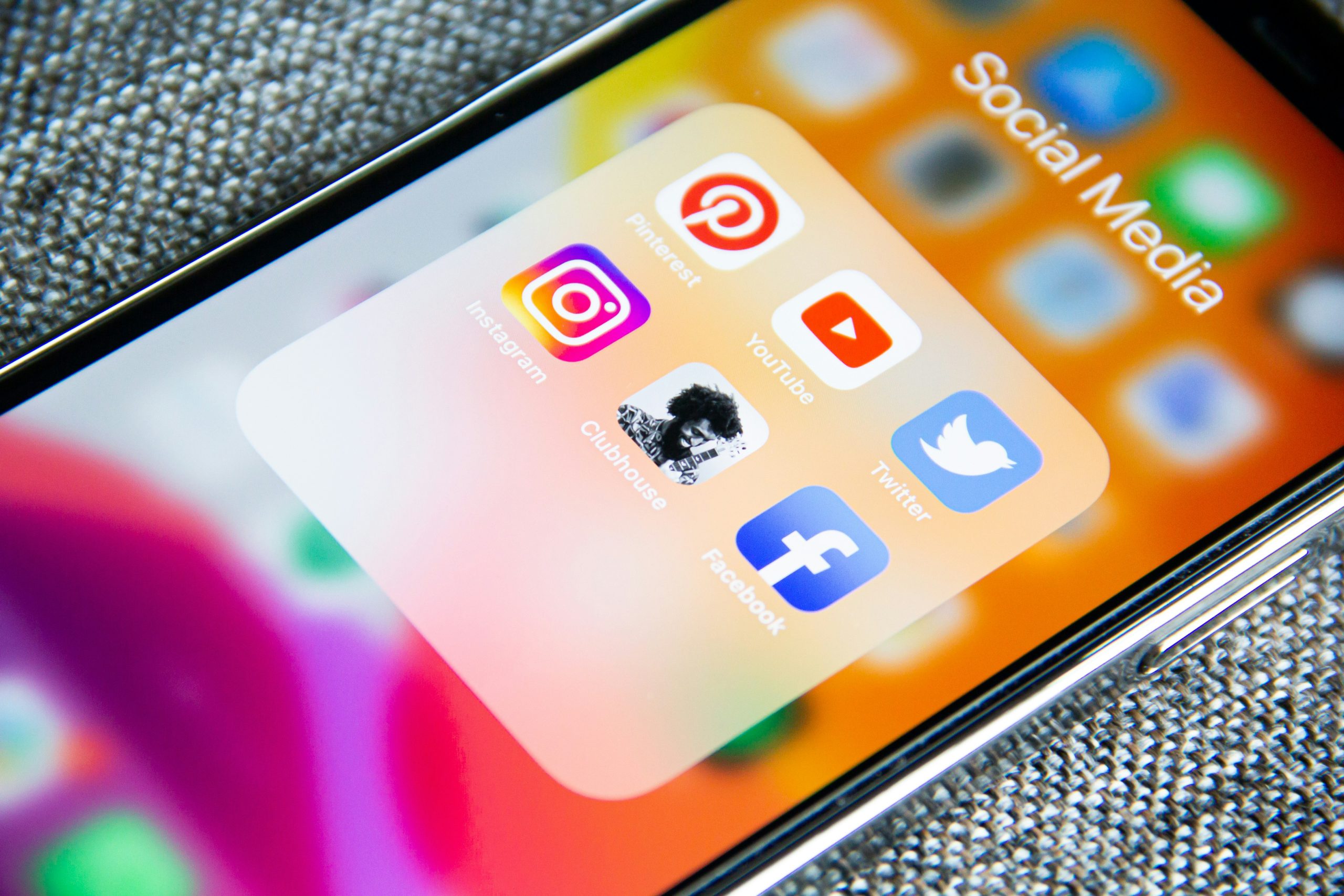In today’s fast-paced digital landscape, media content reigns supreme as the lifeblood of communication. From captivating videos to thought-provoking articles, media content has the power to inform, entertain, and inspire audiences across the globe. But what exactly constitutes media content? How can businesses and creators harness its potential to engage with their target audience effectively? In this comprehensive guide, we delve into the world of media content, exploring its definition, various types, and best practices that can elevate your content strategy to new heights. Join us on this journey as we uncover the secrets behind creating compelling and impactful media content that resonates with audiences in an ever-evolving digital age.
What is Media Content: Definition and significance
Media content refers to the various forms of information distributed through different media channels such as television, radio, internet, and printed publications. It encompasses a wide range of formats including news articles, videos, podcasts, social media posts, and advertisements. The significance of media content lies in its ability to shape public opinion, influence behavior, and disseminate knowledge on a global scale. In today’s digital age, with the rise of social media platforms and online streaming services, the impact of media content has become more pronounced than ever before.
One key aspect of media content is its role in reflecting societal values and norms. Through documentaries, TV shows, and news reports, media content can shed light on important issues such as climate change, social justice movements, and political developments. Additionally, the diversity of media content allows individuals to consume information in ways that best suit their preferences and interests. By engaging with different types of media content, people can gain a better understanding of the world around them and make informed decisions based on a variety of perspectives.

Types of Media Content: Text, images, videos
Text, images, and videos are the three primary types of media content that dominate our digital landscape. Each type serves a unique purpose in conveying information and engaging audiences. Text has the power to express complex ideas concisely, allowing for in-depth analysis and storytelling. Images, on the other hand, evoke emotions and create visual impact that can resonate with viewers instantly. In today’s fast-paced world, where attention spans are dwindling, videos have emerged as a potent form of media content due to their ability to deliver information quickly and interactively.
While text remains a staple in many forms of communication, the rise of visual platforms like Instagram and TikTok demonstrates society’s increasing appetite for image-based content. Visual stimuli have been shown to capture attention more effectively than text alone, making images an essential component of successful media campaigns. Videos take this concept further by combining visuals with audio elements to create immersive experiences that can leave a lasting impression on viewers. As technology advances, we can expect to see even more innovative ways these three types of media content blend together to captivate audiences in new and exciting ways.
Best Practices for Creating Media Content: Engaging, relevant
One key aspect of creating engaging and relevant media content is to know your audience. Understanding who you are targeting allows you to tailor your content to their preferences and interests, increasing the likelihood of capturing their attention. Additionally, conducting thorough research on trending topics or industry news can help you stay current and provide valuable insights that resonate with your audience.
Another best practice is to utilize a variety of media formats to keep your content diverse and interesting. Experimenting with videos, infographics, podcasts, and interactive elements can enhance the overall user experience and cater to different learning styles. By mixing up your content format, you can appeal to a wider audience and maintain their engagement throughout various platforms.

Distribution Channels for Media Content: Social media, website
When it comes to distributing media content, social media has become a powerhouse in reaching a wide audience. Platforms like Facebook, Instagram, and Twitter provide immediate access to millions of users around the world, allowing content creators to engage with their followers directly and gather instant feedback. Utilizing social media channels not only helps in increasing visibility but also enables content creators to tailor their messaging based on audience preferences and behaviors.
Websites serve as another crucial distribution channel for media content, offering a centralized platform for audiences to explore different types of multimedia materials. Websites allow for more personalized experiences through features like user accounts, tailored recommendations, and interactive elements that enhance engagement. Content creators can leverage websites to showcase their work in a more organized manner and establish their brand identity by maintaining a consistent online presence across all digital channels.

Measuring Success of Media Content: Analytics and feedback
Measuring the success of media content is crucial in today’s digital landscape. While analytics provide valuable data on metrics like views, engagement, and reach, feedback from the audience offers qualitative insights that go beyond mere numbers. By combining both analytics and feedback, content creators can gain a comprehensive understanding of their audience’s preferences and behaviors.
Analytics tools allow creators to track important metrics such as click-through rates, watch time, and social media shares. This quantitative data helps in evaluating the performance of content across various platforms and channels. On the other hand, feedback from viewers provides valuable qualitative information on aspects like relevance, emotional impact, and overall satisfaction with the content. Incorporating both types of data enables creators to refine their strategies and produce more impactful media content that resonates with their audience on a deeper level.
Conclusion: Importance of quality media content in marketing
In conclusion, the significance of quality media content in marketing cannot be overstated. In today’s fast-paced digital world, consumers are inundated with a barrage of information from various sources. To cut through the noise and capture their attention, brands need to prioritize creating engaging and high-quality media content that resonates with their target audience.
Quality media content not only helps build brand awareness but also establishes credibility and trust among consumers. By delivering valuable and relevant content consistently, companies can position themselves as industry leaders and experts in the eyes of their audience. Moreover, well-crafted media content has the power to evoke emotions, spark conversations, and drive meaningful engagement with potential customers. Ultimately, investing in quality media content is essential for staying competitive in the ever-evolving landscape of modern marketing strategies.